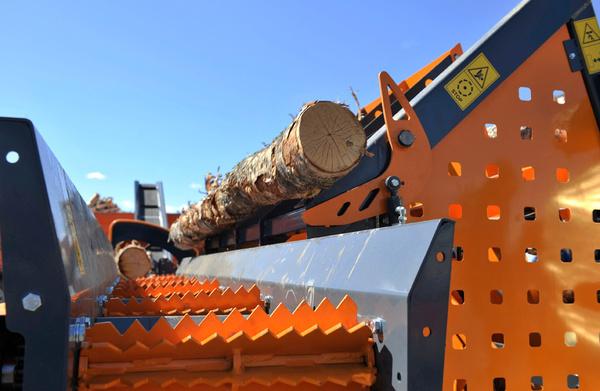Understanding the different types of firewood
When it comes to winter heating, choosing the right type of firewood, or “klapi”, can significantly impact the efficiency and warmth of your home. Two primary categories of firewood are hardwoods and softwoods, each with distinct characteristics. Hardwoods, such as oak, maple, and birch, are dense and typically burn longer and hotter. Their high energy content makes them ideal for sustaining heat over extended periods, which is particularly beneficial during the colder months. In contrast, softwoods like pine and spruce ignite quickly, making them excellent for kindling but less efficient for long-term heating due to their lower density and faster burn rate.
Understanding these differences is crucial for maximizing firewood usage. For optimal results, a combination of both hardwoods and softwoods can be employed: softwoods can quickly start the fire, while hardwoods can maintain it. This strategic approach not only enhances efficient heating but also ensures that you get the most out of your firewood supply.
Proper storage techniques for firewood
Effective storage of firewood is essential to ensure that it remains dry and burns efficiently. Properly stored firewood minimizes moisture content, which is critical for achieving a clean and efficient burn. The first step in proper storage is selecting an appropriate location. Firewood should be stored off the ground to prevent moisture absorption from the soil; using pallets or a concrete slab can be effective. Additionally, firewood should be stacked in a way that allows for adequate air circulation, which helps the wood dry out and prevents mould growth.
Covering the top of your firewood stack with a tarp or firewood cover can protect it from rain and snow. However, be sure to leave the sides exposed to ensure airflow. For those with limited outdoor space, wood sheds offer a more structured solution, providing both protection from the elements and ventilation. By adhering to these storage techniques, you can ensure that your firewood is always ready to deliver efficient heating during winter.
Maximizing heat output
To truly maximize heat output from your firewood, it’s important to use your wood stove or fireplace efficiently. Begin by ensuring that your stove is clean and well-maintained; this reduces soot and creosote build-up, which can impede heat output and pose safety risks. Next, focus on optimizing airflow within your stove. Adequate airflow is crucial for a robust and sustained fire. Keep the stove’s air vents open initially to encourage combustion, then adjust them to control the burn rate as the fire stabilizes.
Incorporating heat-resistant materials, such as fire bricks, can also improve your stove’s efficiency by retaining and radiating heat longer. Additionally, consider using a stove fan to distribute the heat evenly throughout the room. Efficient heating not only warms your home more effectively but also ensures you make the most of your firewood supply, reducing the frequency of refuelling and thereby enhancing your winter heating experience.
Safety precautions when using firewood for heating
While firewood provides an excellent source of heat, safety must always be a priority when using it for winter heating. Regular chimney maintenance is essential to prevent chimney fires. Have a professional inspection and cleaning at least once a year to remove any creosote build-up, a highly flammable by-product of burning wood. It’s also crucial to install smoke and carbon monoxide detectors in your home, ensuring they are functioning correctly and have fresh batteries.
When burning firewood, always use a fire screen to contain sparks and prevent them from igniting nearby materials. Keep a multipurpose fire extinguisher accessible near your heating source. Lastly, avoid overloading your stove or fireplace with too much wood, as this can lead to overheating and dangerous conditions. By adhering to these safety measures, you can enjoy the warmth and comfort of firewood heating with peace of mind.
Conclusion
Maximizing your firewood usage for winter heating involves understanding the types of firewood, employing proper storage techniques, optimizing heat output, and adhering to safety precautions. By doing so, you can ensure a warm, efficient, and safe heating experience throughout the colder months.
At Reikälevy, we are dedicated to supporting professionals and resellers in achieving optimal results. Our SAMI-branded equipment stand out for their quality, efficiency, and reliability. We work globally in close collaboration with our clients, enhancing their competitiveness and success. To learn more about our innovative solutions, we invite you to contact us or explore our product range online.

